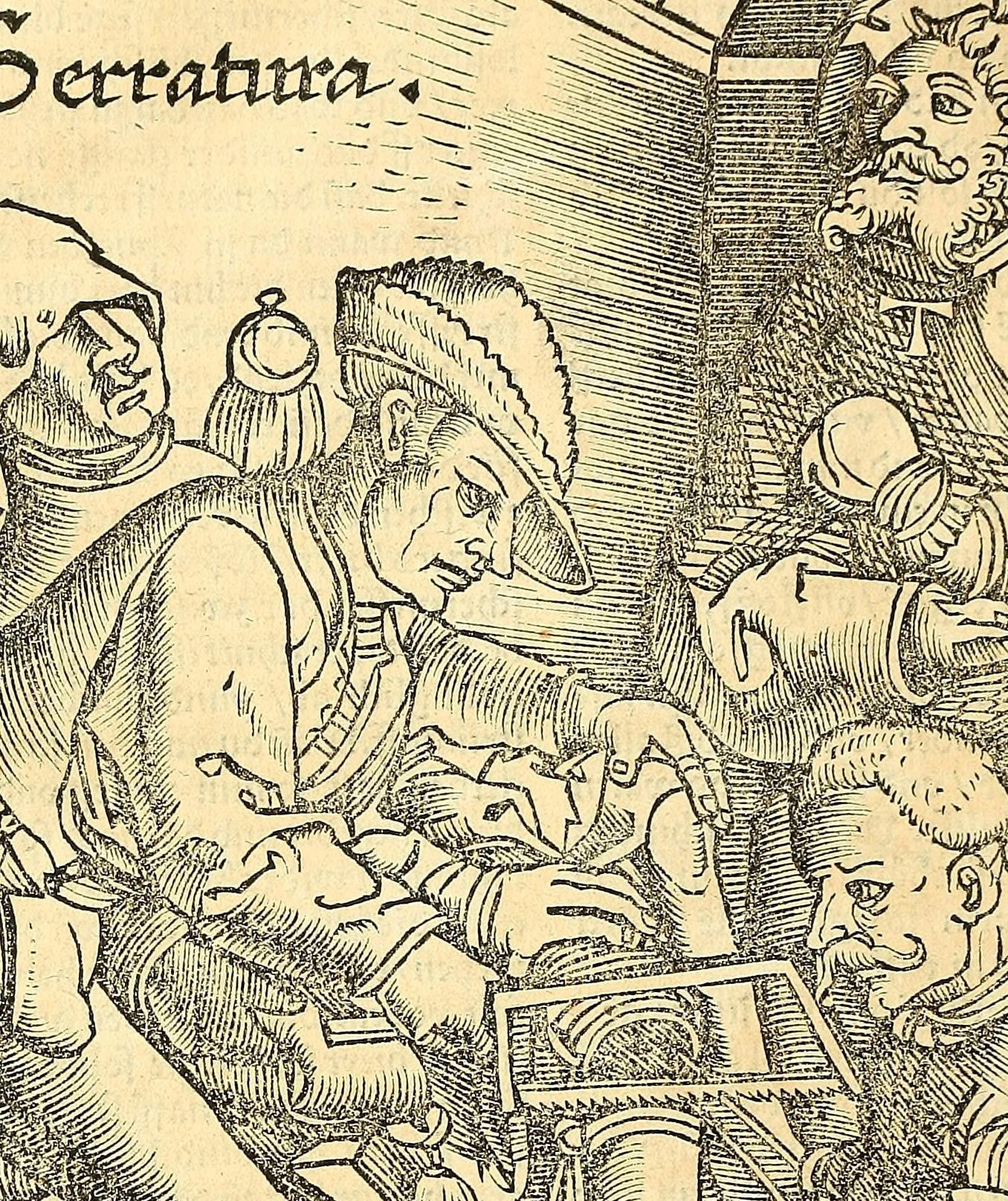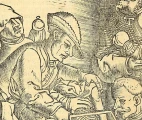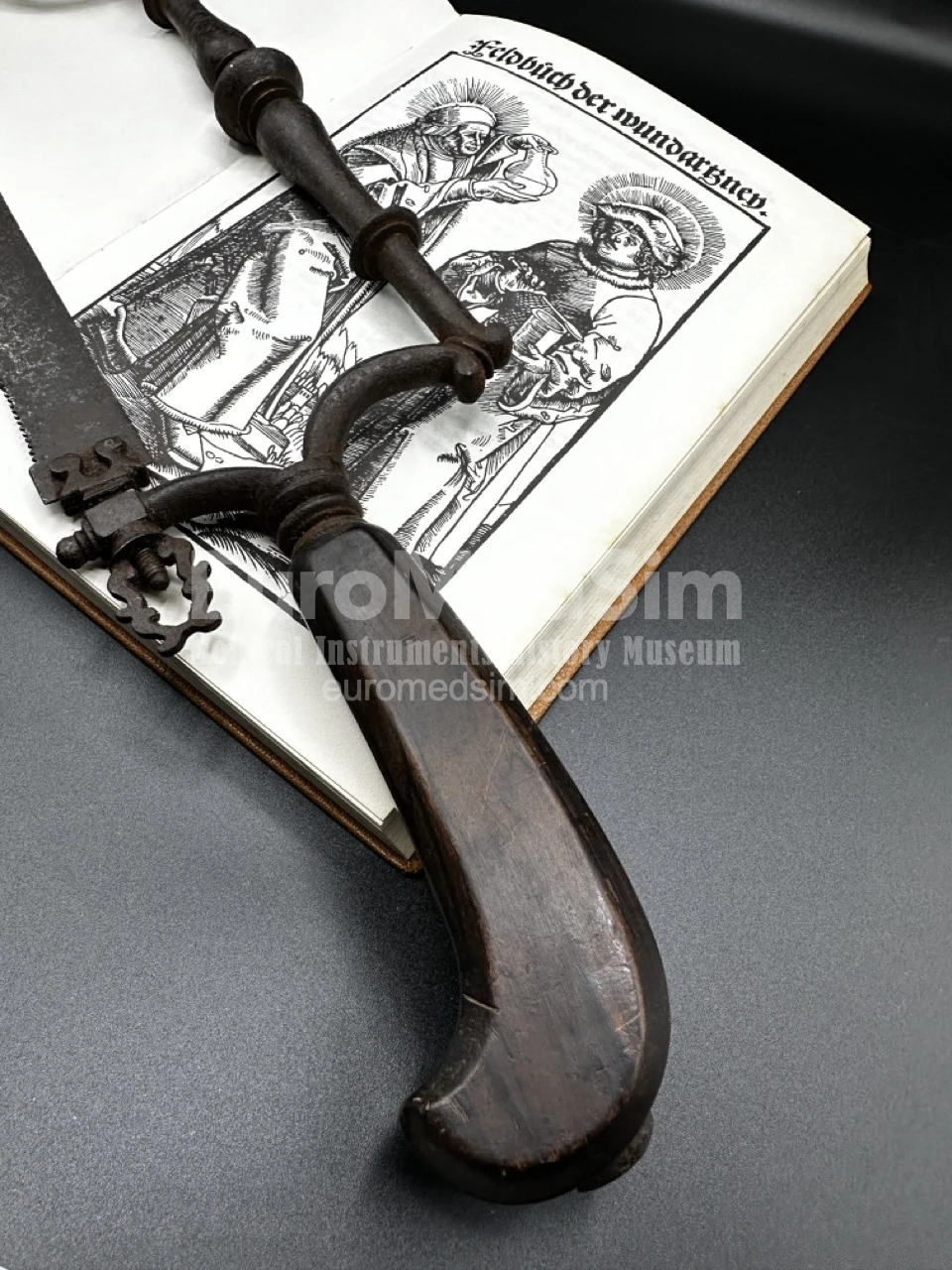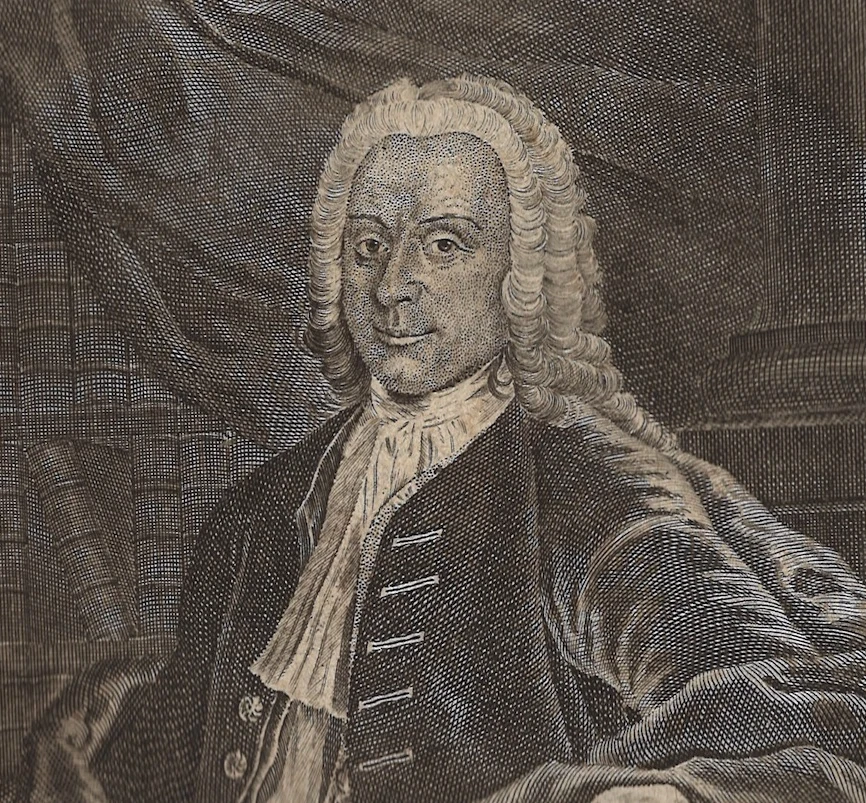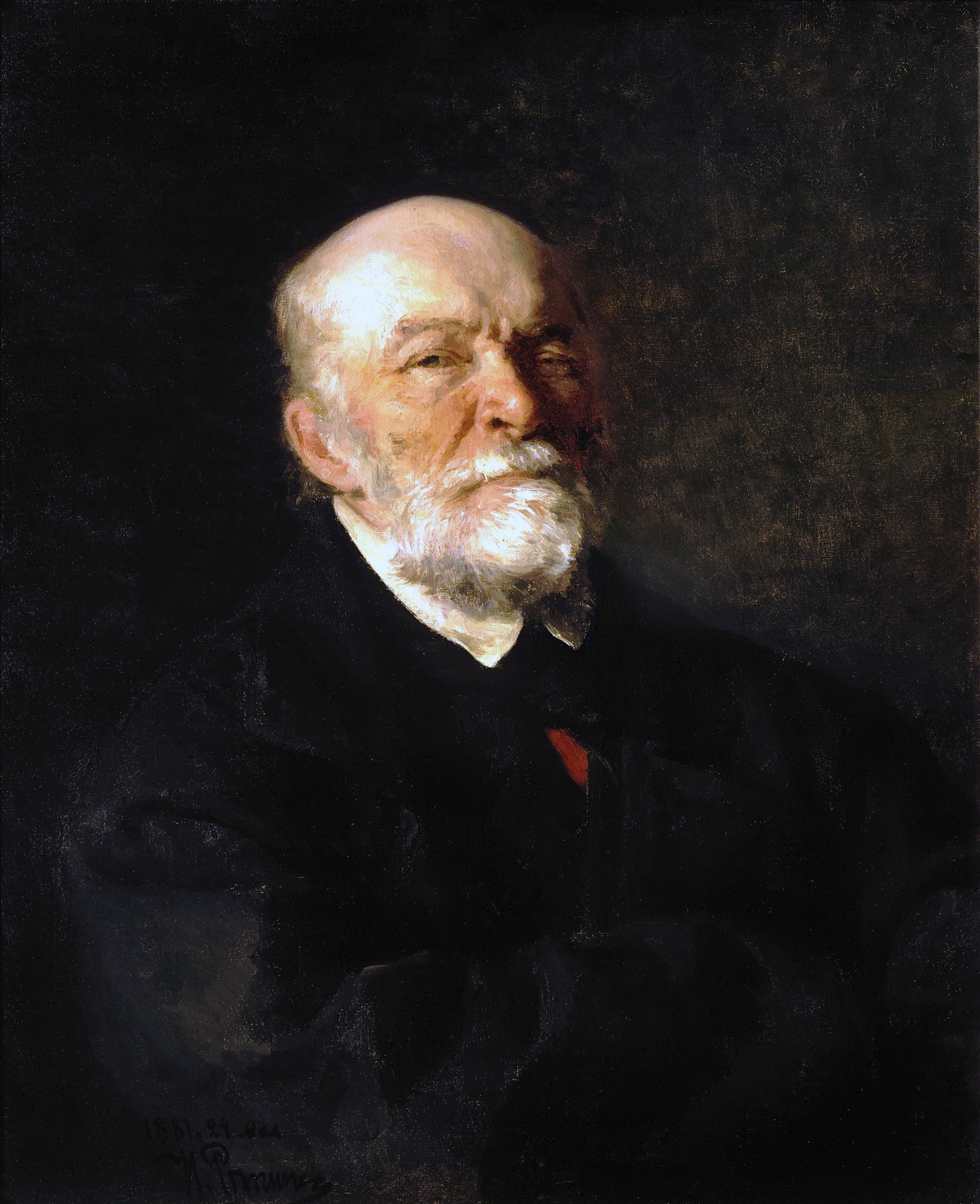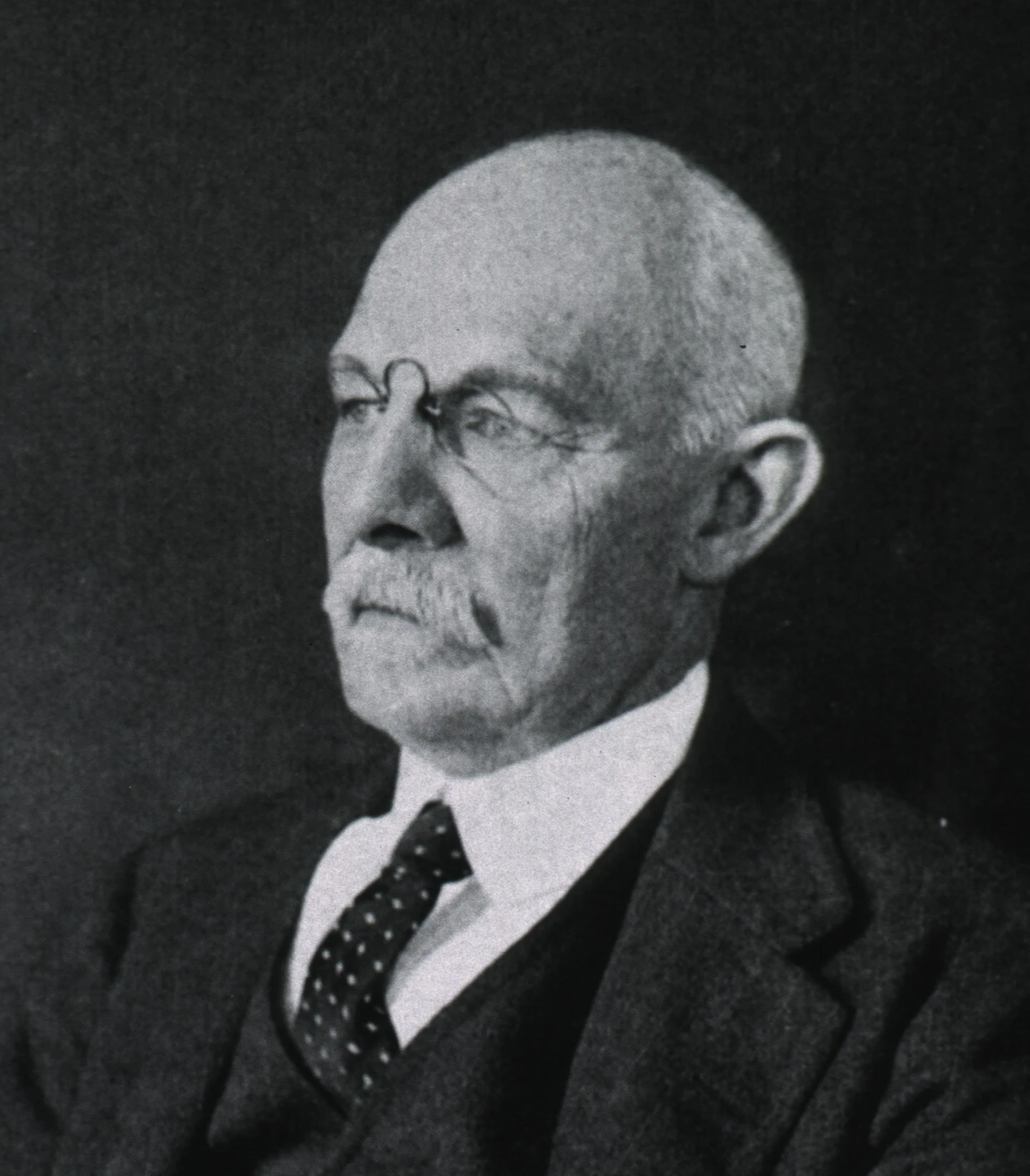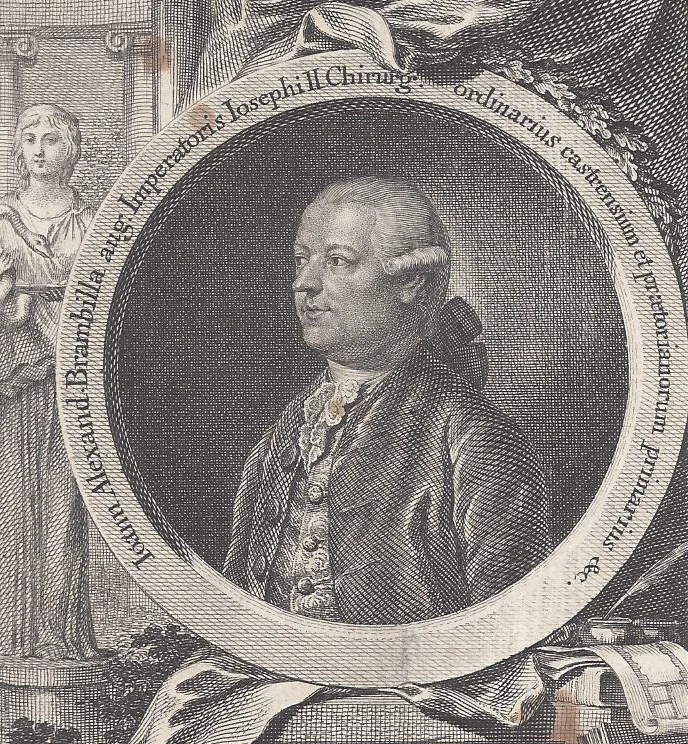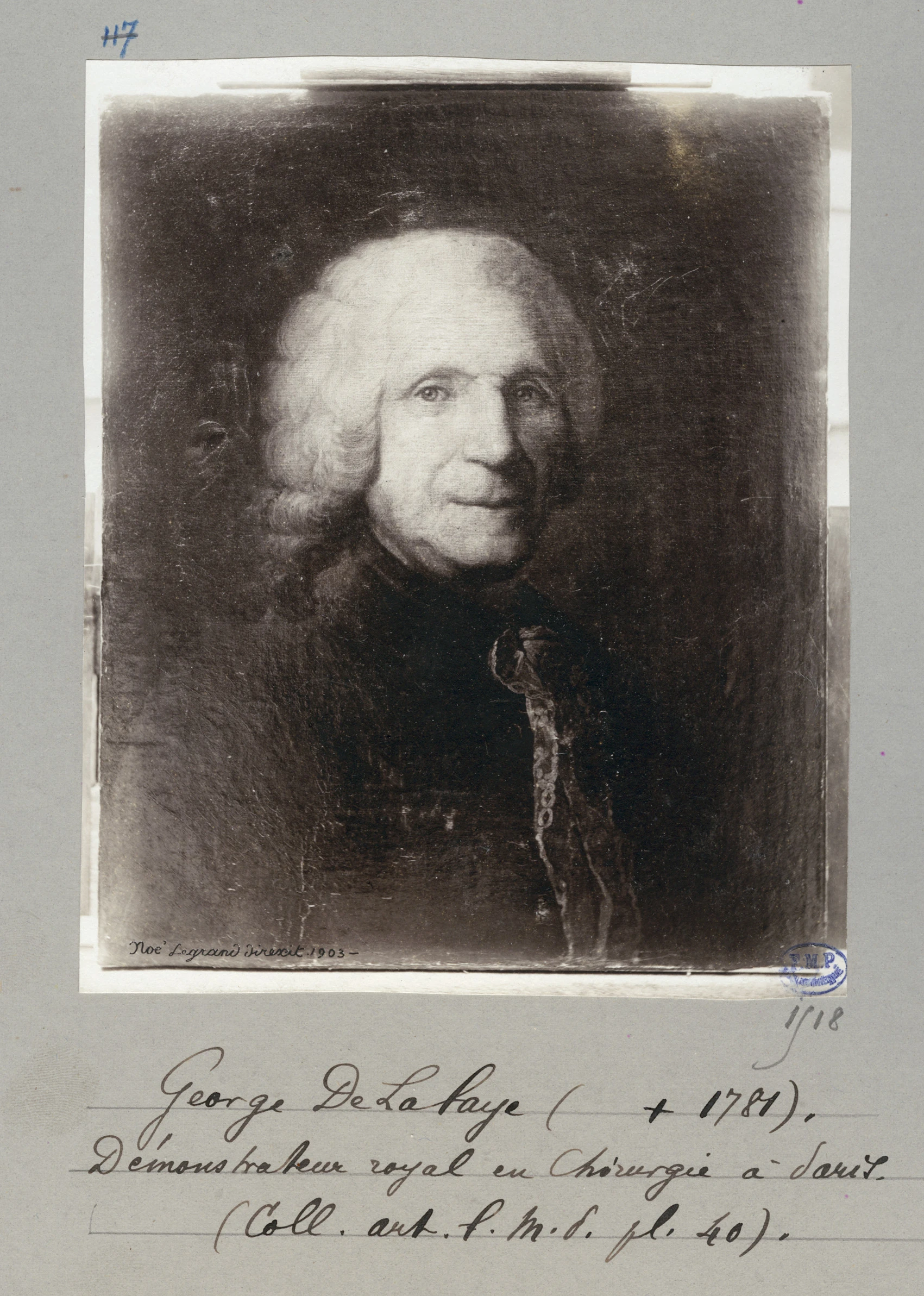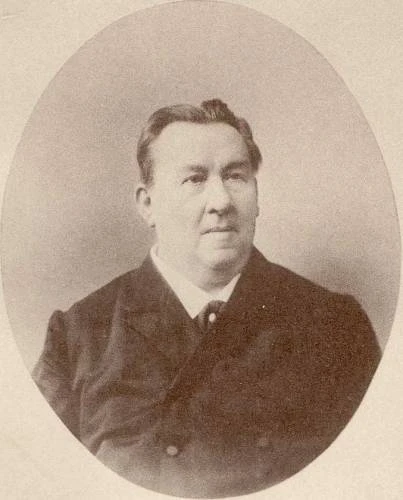Gersdorff, Hans von
Hans von Gersdorff (1455-1529) was a German surgeon and medical writer who lived during the 15th and early 16th centuries. He is best known for his military surgical experience and his influential medical manual, the Feldtbuch der Wundarzney (Field Book of Wound Medicine), which became one of the most widely used surgical textbooks in medieval Europe. In this opus he was named as „Mayster Hans von Gersdorff genant Schilhans, burger und wundartzet zuo Straßburg“ (Master Hans from Gersdorff named Schilhans, citizend and surgeon of Strasbourg). His work played a crucial role in shaping the field of surgery, particularly in the treatment of battlefield injuries, amputations, and wound care.
Background and Medical Experience
Born around 1455, Hans von Gersdorff gained extensive experience as a military surgeon, serving for nearly 40 years in various European battles. The late medieval and early Renaissance periods were marked by frequent wars and conflicts, and battlefield medicine was an essential skill. Unlike modern doctors, surgeons of that era were not university-trained physicians but rather barber-surgeons, who specialized in bloodletting, amputations, and wound treatment.
As a battlefield surgeon, Gersdorff had to perform quick and effective procedures, often under harsh conditions. Medical knowledge at the time was limited, and many surgical interventions were done without anesthesia, relying on crude pain management techniques like herbal mixtures and alcohol. Infection control was poorly understood, and amputation was often the only option for treating severe wounds.
“Gersdorff was a military surgeon who had gained wide experience during the course of some forty years of campaigning and was an expert in the care and treatment of battlefield injuries. His work is divided into four books which treat of anatomy, surgery, leprosy, and glossaries of anatomical terms, diseases, and medications [...] Gersdorff emphasized a well-founded knowledge of anatomy because the surgeon was frequently called upon to deal with extensive bodily trauma. He derived his anatomy primarily from the Arabic authors and works of Guy de Chauliac” (History of Medical Illustration, London 1970, p. 142).
The Feldtbuch der Wundarzney (1517)
Gersdorff’s most significant contribution to medicine was his surgical manual, Feldtbuch der Wundartzney, published in 1517 in Strasbourg. This book was designed as a practical guide for surgeons, particularly those working on the battlefield, and provided step-by-step instructions for wound treatment, amputations, cauterization, and surgical techniques. It was one of the first illustrated surgical textbooks, featuring detailed woodcut engravings that helped make complex medical concepts more accessible.
One of the most famous illustrations in the book is the "Wound Man", an image depicting a human figure with various types of battlefield injuries, including sword cuts, arrows, broken bones, and other traumas. The illustration helped surgeons quickly identify different injuries and choose the appropriate treatment. This was particularly useful for apprentice surgeons, who often learned through direct observation rather than formal education.
Another key section of the book dealt with amputation techniques, which Gersdorff had extensive experience with. He described the use of surgical saws, knives, and hot irons to cut off limbs and stop bleeding. He reportedly performed over 200 amputations, which made him one of the most experienced surgeons of his time.
The Feldtbuch der Wundarzney became widely used across Europe and influenced surgical practice for decades. Before modern surgery and antiseptic techniques, battlefield medicine was often a trial-and-error process, and Gersdorff’s work provided one of the first structured approaches to treating traumatic injuries. His book remained in use well into the 17th century, demonstrating its long-lasting importance.
Although medical knowledge progressed over time, many of his techniques—such as wound cleaning, cauterization, and limb amputation—laid the foundation for modern surgery. The use of illustrated surgical guides also became a standard practice in medical education, helping future generations of doctors and surgeons learn complex procedures.
Hans von Gersdorff passed away in 1529, but his contributions to battlefield surgery and medical literature remain an important part of medical history. His work helped transition surgery from a craft practiced by barbers to a more structured and scientific discipline, paving the way for the advancements of the Renaissance and modern era.
Hans von Gersdorff was not just a battlefield surgeon but also an innovator in medical education and surgical techniques. His book, Feldtbuch der Wundarzney, provided lifesaving knowledge to many surgeons and remains a valuable historical artifact. Though his methods may seem crude by today’s standards, they were revolutionary for their time and helped shape the development of modern surgery and battlefield medicine. His legacy serves as a testament to the importance of practical experience, innovation, and the early efforts to document medical procedures for future generations.
